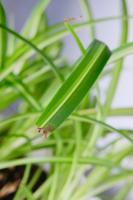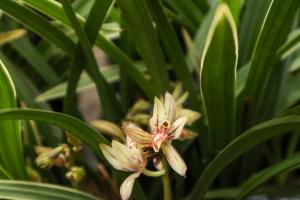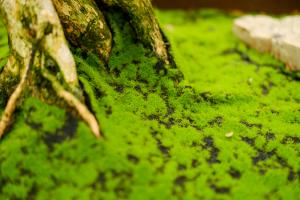Introduction
Plants are able to survive in a wide variety of environments, including arid and dry climates. However, in order to thrive in these conditions, plants have evolved mechanisms to prevent water loss. This article will explore the ways in which plants prevent water loss.
Cuticle
The first line of defense against water loss in plants is the cuticle. This is a waxy layer that covers the outer surface of the plant. The cuticle is made up of long-chain fatty acids and prevents water from evaporating from the surface of the plant. The thickness of the cuticle can vary depending on the environment. In dry environments, plants will have a thicker cuticle to prevent water loss.
Stomata
Stomata are small pores located on the surface of leaves and stems that allow for gas exchange. However, they also allow for water loss through transpiration. To combat this, plants have evolved the ability to regulate the opening and closing of stomata. When water is scarce, plants will close their stomata to prevent water loss. This allows the plant to conserve water and survive in arid environments.
Roots
The roots of a plant are responsible for absorbing water from the soil. In order to prevent water loss, plants have evolved different types of roots for different environments. In arid environments, plants will have long, deep roots that can reach water deep in the ground. In wet environments, plants will have shallow roots that can absorb water from the topsoil.
CAM Photosynthesis
Succulent plants, such as cacti, have evolved a unique form of photosynthesis called CAM photosynthesis. This process allows the plant to absorb carbon dioxide at night when transpiration rates are low. The carbon dioxide is then stored and used during the day for photosynthesis. By performing photosynthesis at night, plants can conserve water during the day when transpiration rates are high.
Closing Thoughts
Plants have evolved a variety of mechanisms to prevent water loss. Through the cuticle, stomata, roots, and photosynthesis, plants are able to thrive in arid environments. As climate change continues to alter our planet, studies on how plants continue to adapt and prevent water loss will become increasingly important.

 how many times do yo...
how many times do yo... how many planted tre...
how many planted tre... how many pine trees ...
how many pine trees ... how many pecan trees...
how many pecan trees... how many plants comp...
how many plants comp... how many plants can ...
how many plants can ... how many plants and ...
how many plants and ... how many pepper plan...
how many pepper plan...
































